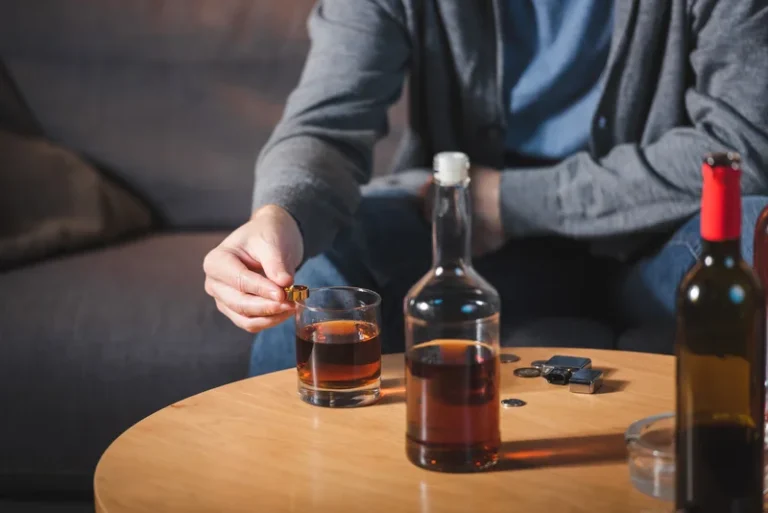
When someone has a SUD and another mental health disorder, it is usually better to treat them at the same time rather than separately. People who need help for a SUD and other mental disorders should see a health care provider for each disorder. It can be challenging to make an accurate diagnosis because some symptoms are the same for both disorders, so the provider should use comprehensive assessment tools to reduce the chance of a missed diagnosis and provide the right treatment. In the short term, substance use can help alleviate unwanted mental health symptoms like hopelessness, anxiety, irritability, and negative thoughts.

Most reported substance use among adolescents held steady in 2022

Understanding the motivations reported by adolescents for using alcohol, marijuana, and other drugs and the persons with whom they use these substances could guide strategies to prevent or reduce substance use and its related consequences among adolescents. A cross-sectional study was conducted among adolescents being assessed for SUD treatment in the United States during 2014–2022, to examine what is the best treatment for substance abuse for older adults self-reported motivations for using substances and the persons with whom substances were used. These findings suggest that interventions related to reducing stress and addressing mental health concerns might reduce these leading motivations for substance use among adolescents.
About the Acting NIMH Director
- It describes normal reactions to trauma and emphasizes the importance of talking about feelings.
- Only the inferior frontal gyrus showed more activation in light drinkers during the task, potentially indicating a negative valence to these alcohol stimuli in non-drinking teens.
- The goal of clinical trials is to determine if a new test or treatment works and is safe.
- Characterizing possible causes of more severe substance use disorder could help improve understanding of vulnerability to chronic substance use and help make prevention and treatment strategies more effective.
- Interestingly, bingers demonstrated significantly lower FA than the binge+marijuana group (ps .014 to .043).
- We 7 prospectively examined neuropsychological functioning in 26 youths with no histories of alcohol or drug problems, and compared them to 47 youths with histories of heavy adolescent alcohol, marijuana, and stimulant use.
- Adolescent response to alcohol advertising is of concern, as they are exposed to alcohol-related ads on a daily basis in many countries 60.
In particular, those who had a history of alcohol withdrawal symptoms (e.g., orthostatic hypotension, nausea, insomnia, or irritability) were the most likely to have decreases in performance scores, especially on tests of spatial functioning. Overall, heavy drinking during adolescence was linked to a reduction in keeping up with age expectations 7, 25, 31. Other factors that may contribute to limited mental health care access among adolescents include insurance barriers, a lack of providers, and the absence of culturally competent care. Additionally, in light of the COVID-19 pandemic, access and utilization of mental health care may have worsened. Nearly two out of five children under the age of 18 in the U.S. are Medicaid or CHIP beneficiaries.

Reasons Reported for Using Substances
In total, 4% of adolescents reported both a past year major depressive episode and substance use disorder in 2022. A recent analysis found that 41% of youth ages that died from a drug overdose between 2019 and 2021 had a documented mental health condition. Arkansas, Florida, Hawaii, Illinois, Indiana, Louisiana, Missouri, and Washington reported deaths from counties that accounted for ≥75% of drug overdose deaths in the state in 2017, per SUDORS funding requirements; all other jurisdictions reported deaths from the full jurisdiction.

ADOLESCENT SUBSTANCE USE AND BRAIN STRUCTURE

In conjunction with these numerous brain transformations, shifting social influences and peer group affiliation heavily impact adolescent behaviors 19, 20. This may place youth at a particularly heightened risk for initiating and continuing alcohol and drug use. Specifically, transformations in the prefrontal regions and limbic systems are thought to contribute to increased risk taking and novelty/sensation seeking behaviors 21, 22.
- This finding underlines the importance of strategies to increase safety and properly assess a potential history of substance use disorder symptoms when prescribing controlled medications to adults.
- Lastly, we need to better understand the biochemical changes that may mediate macrostructural, microstructural, and functional neuronal changes in response to substance use, such as cannabinoid receptor activity changes.
- Illinois, Missouri, and Washington reported deaths from counties that accounted for ≥75% of drug overdose deaths in the state in 2017, per SUDORS funding requirements; all other jurisdictions reported deaths from the full jurisdiction.
- Surges of dopamine in the reward circuit cause the reinforcement of pleasurable but unhealthy behaviors like taking drugs, leading people to repeat the behavior again and again.
- As with other chronic health conditions, treatment should be ongoing and should be adjusted based on how the patient responds.
Higher-order association areas appear to develop only after lower-order sensorimotor regions fully mature 17, with frontal lobes being the final areas of the brain to complete development. Along with these neuromaturational changes, it is suggested that increased myelination allows for smoother, more efficient communication between frontal-subcortical brain regions, allowing for better top-down cognitive control in adolescence 18. First, the population represents a convenience sample of adolescents being assessed for SUD treatment and is not generalizable to all adolescents in the United States.
- ABCD is a landmark study supported by the National Institutes of Health (NIH) which will increase our understanding of environmental, social, genetic, and other biological factors that affect brain and cognitive development and that can enhance or disrupt a young person’s life trajectory.
- In particular, those who had a history of alcohol withdrawal symptoms (e.g., orthostatic hypotension, nausea, insomnia, or irritability) were the most likely to have decreases in performance scores, especially on tests of spatial functioning.
- Female adolescents were more likely than their male peers to report anxiety (31% vs. 12%) and depression (25% vs. 10%) in 2021 and 2022 (Figure 1).
- These findings extend previous studies in adults, and link alcohol advertisement exposure in youth to activation in reward, desire, positive emotion, and episodic recall brain areas 62.
- After remaining stable for several years, KFF analysis of CDC WONDER data found that drug overdose deaths among adolescents increased from 253 deaths in 2018 to 723 deaths in 2022 (Figure 2).